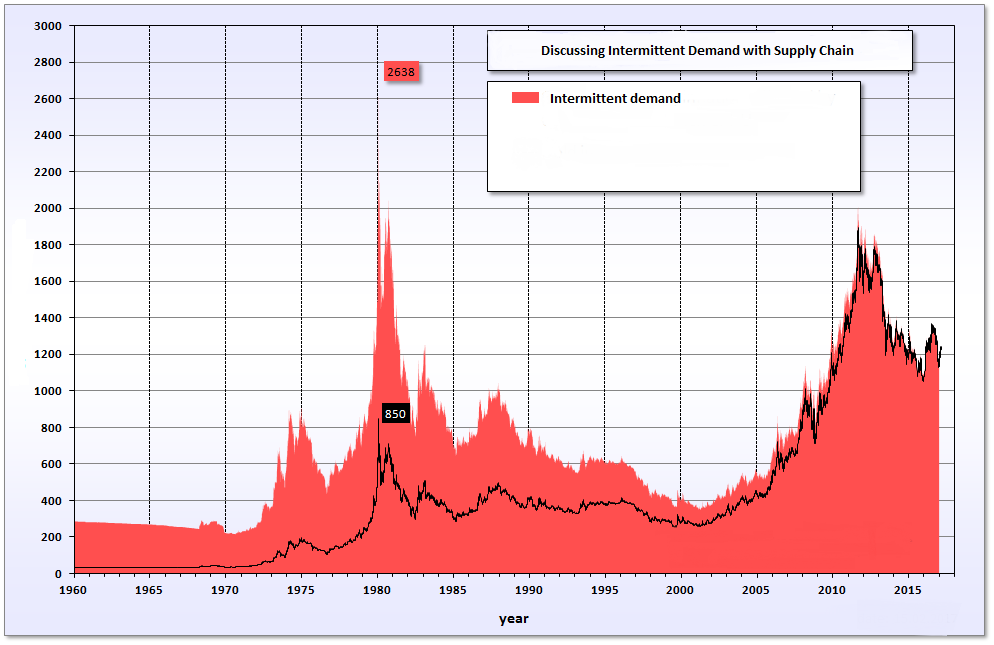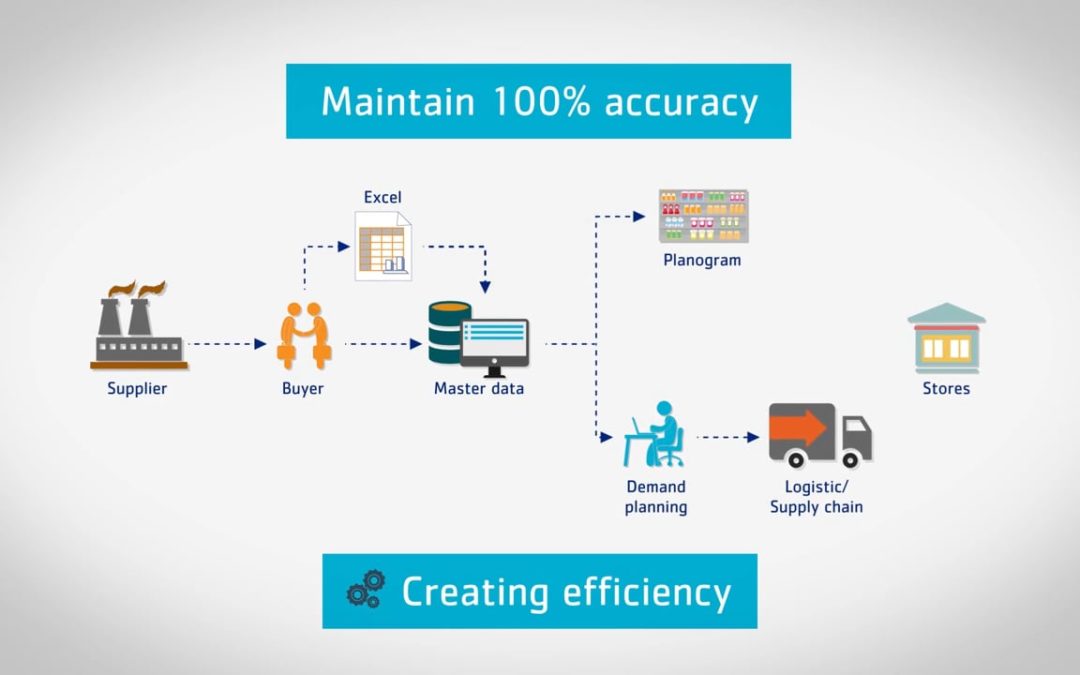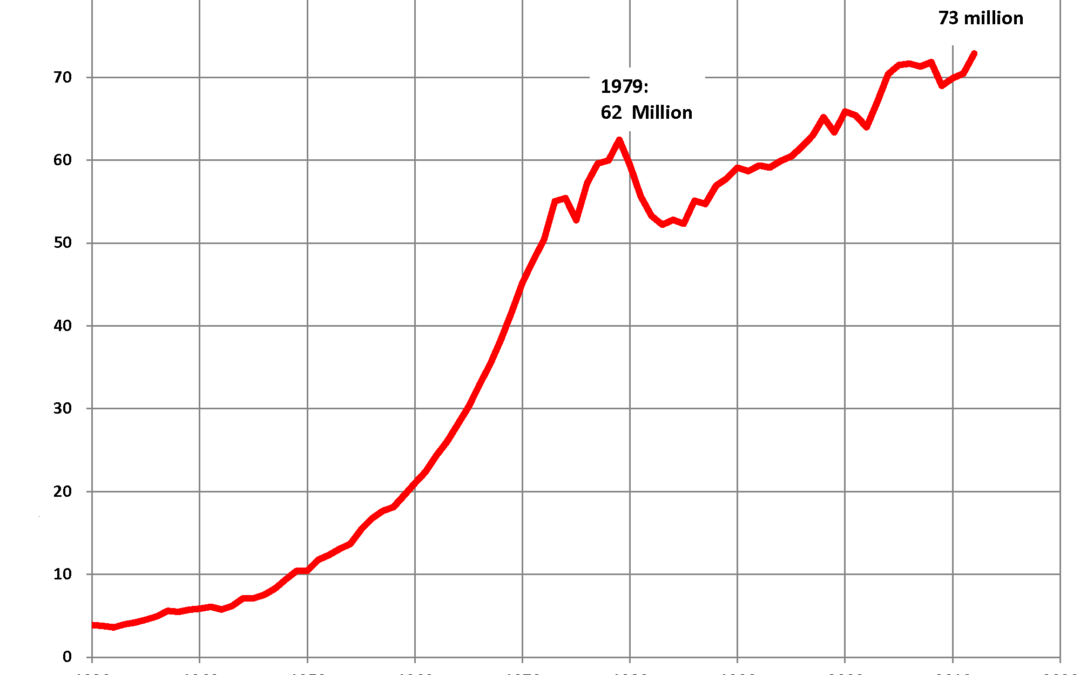
Discussing Intermittent Demand with Supply Chain Brain’s Bowman
The unique challenges of inventory planning for spare parts, large capital goods and other infrequently or irregularly moving items drives the importance of finding smarter methods to forecast this kind of intermittent demand. Robert Bowman, Editor of Supply Chain Brain Magazine, and I discussed this topic at the October APICS conference in Denver, and video of our conversation is available at Supply Chain Brain‘s website.

What is “A Good Forecast”
Tremendous cost-saving efficiencies can result from optimizing inventory stocking levels using the best predictions of future demand. Familiarity with forecasting basics is an important part of being effective with the software tools designed to exploit this efficiency. This concise introduction (the first in a short series of blog posts) offers the busy professional a primer in the basic ideas you need to bring to bear on forecasting. How do you evaluate your forecasting efforts, and how reliable are the results?

Lessons From Superstorm Sandy
The destructive impact of Hurricane Sandy has been both staggering and instructive. Our thoughts and best wishes for rapid recovery go out to all who have suffered personal or economic loss or damage. Now, in Sandy’s aftermath, we find ourselves thinking about accelerating recovery and planning for the next unforeseen event.

The Average is Not the Answer
Fluctuations in an inventory supply chain are inevitable. Randomness, which can be a source of confusion and frustration, guarantees it. A ship carrying goods from China may be delayed by a storm at sea. A sudden upswing in demand one day can wipe out inventory in a single day, leaving you unable to meet the next day’s demand. Randomness creates frictions that make it hard to do your job.

Saving Billions? How Far the ‘Center for Innovation in Logistics Systems’ Might Take the US Army
For over two decades, the General Accounting Office (GAO) has indicated that the Defense Department’s logistics management has been ineffective and wasteful, and that the Services lack strategic plans to improve overall inventory management and supply chain performance.

Forecasting With the Right Data
In order to reap the efficiency benefits of forecasting, you need the most accurate forecasts—forecasts built on the most appropriate historical data. Most discussions of this issue tend to focus on the merits of using demand vs. shipment history—and I’ll comment on this later. But first, let’s talk about the use of net vs. gross data.









